Despite the wide distribution area, the bile fungus remains completely unexplored. Many sources point to its toxicity, but officially the fungus is not poisonous. Due to its similarity with some popular edible species, it often falls into the mushroom basket. In order to understand the degree of danger that a mysterious mushroom carries, it is necessary to get to know it better.
Content
Characteristic features of the variety
The fungus belongs to the Boletov family, the genus Tilopil. This species is classified as inedible.
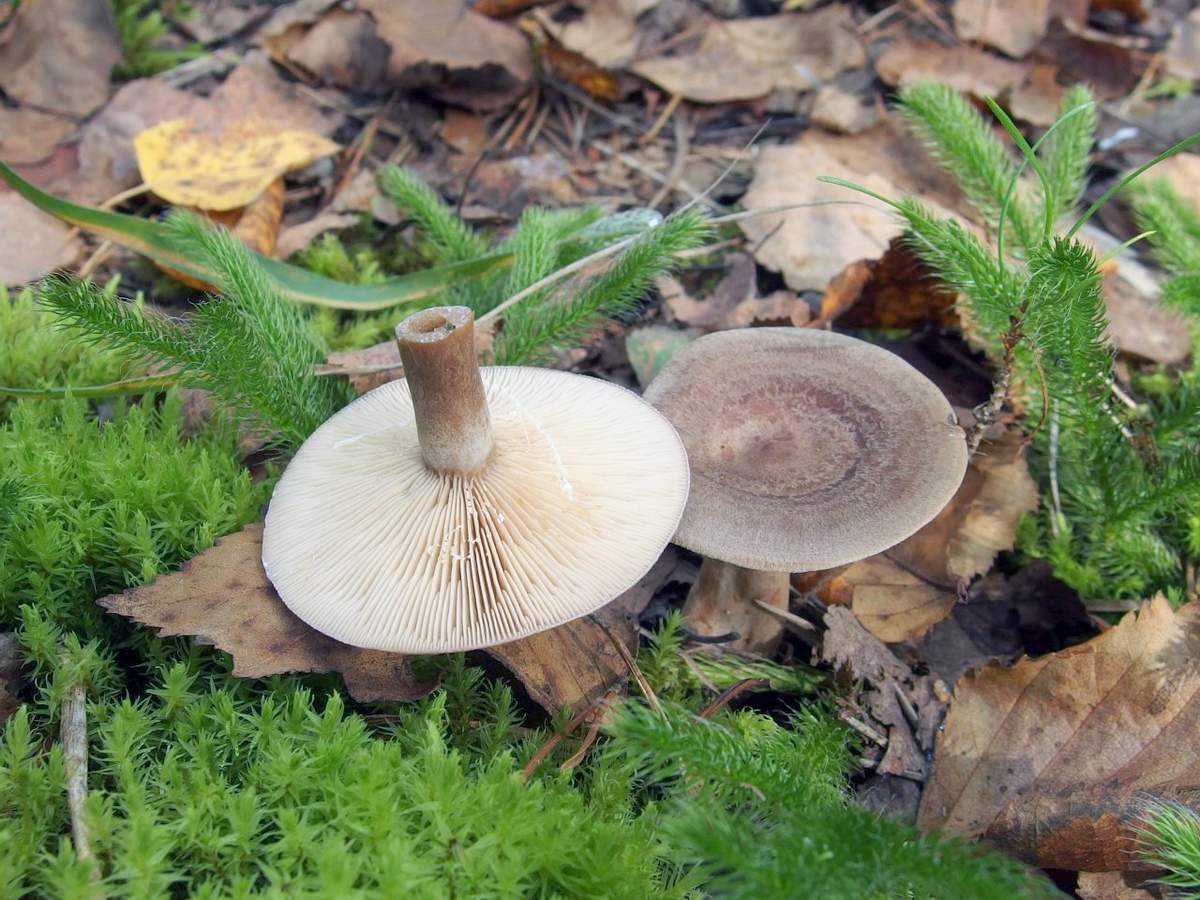 You may be interested in:
You may be interested in:There are also other names:
- mustard;
- yellow mushroom;
- false white mushroom;
- false boletus.
Description of appearance and photo
The hat has a spongy structure. Its diameter can be from 4 to 15 cm. In young fruits, it is represented by a hemisphere. Over time, the hat straightens and takes on a flat shape resembling a saucer. Its inner side is pillow-shaped.
The surface of the cap is covered with a thin film. Despite its density, it also has a porous structure. The surface is dry, slightly velvety. In wet weather, a slightly sticky coating forms on it. The hat is painted in shades of brown, most often light colors.
The leg is strong, in shape resembles an irregular cylinder, swollen at the base. The average diameter of the legs is 7 cm. Color can vary from cream to brown. On the leg, a dense network of veins of brown, sometimes brown color is clearly visible.
The pulp has a fibrous structure. Most of it is concentrated in the leg, on the head it is only a thin layer between the spongy material and the film. Disputes are small, rounded. Spore powder has a pink or pink-brown tint.
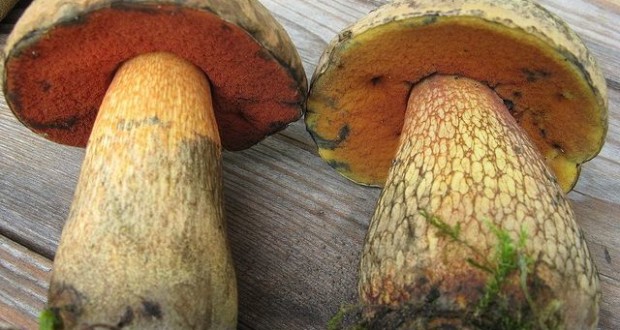
A verbal description cannot convey all the individual characteristics of the bile fungus, in order to have a complete picture of the mustard, you must carefully consider its photo.
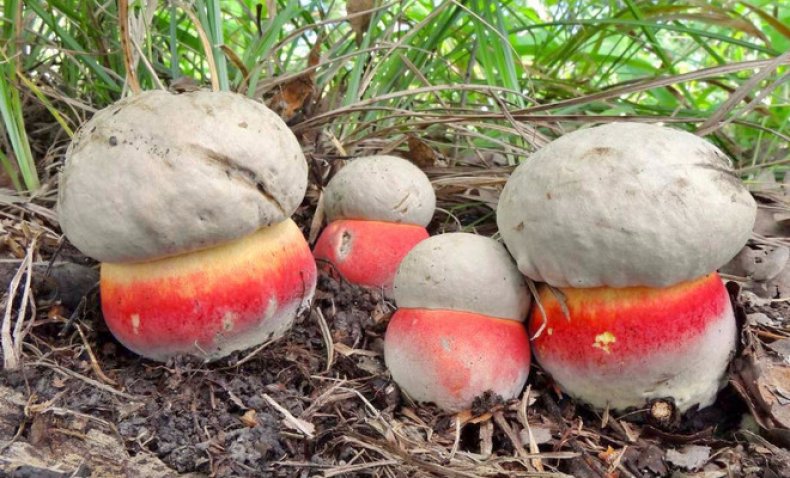 You may be interested in:
You may be interested in:Morphology
Mustard has several species features:
- pink color of spongy material on the back of the hat;
- brown mesh on the leg;
- on the cut, the flesh acquires a brown hue;
- almost no smell;
- on contact with the tongue causes an acute burning sensation.
Another distinguishing feature of mustard is its attractive appearance. The surface is always solid and intact. This mushroom is never affected by insects.
Habitat
Gorchak is widely distributed in Europe, America and in Russia, especially in its middle lane. It can be found in coniferous and deciduous forests. Gorchak prefers the outskirts of the forest, where trees rarely grow. He likes light acidic soil. It grows well in the gerbil and among coniferous spruce branches. Most often, the mustard is located on rotten stumps or on the roots of old trees.
The first representatives appear at the end of June, mass growth is observed in July and August. By September, the mushrooms begin to depart, and by mid-October they disappear altogether. If night frosts begin before October, they disappear in September. Mustard can grow alone or in groups of up to 15 pieces.
Eating
To the frequently asked question about whether the bile is edible or not, there is a definite answer: not edible. This type of mushroom is not eaten. The reason for this is their irresistible bitterness, which cannot be eliminated by any culinary tricks. During heat treatment, bitterness only intensifies.
Some well-known mycologists insist on the toxicity of mustard. There is a widespread belief that its pulp contains toxins that damage the human liver. Nevertheless, all well-known reference books and encyclopedias place the gall species in the category of non-poisonous. The question of possible toxicity is still open.
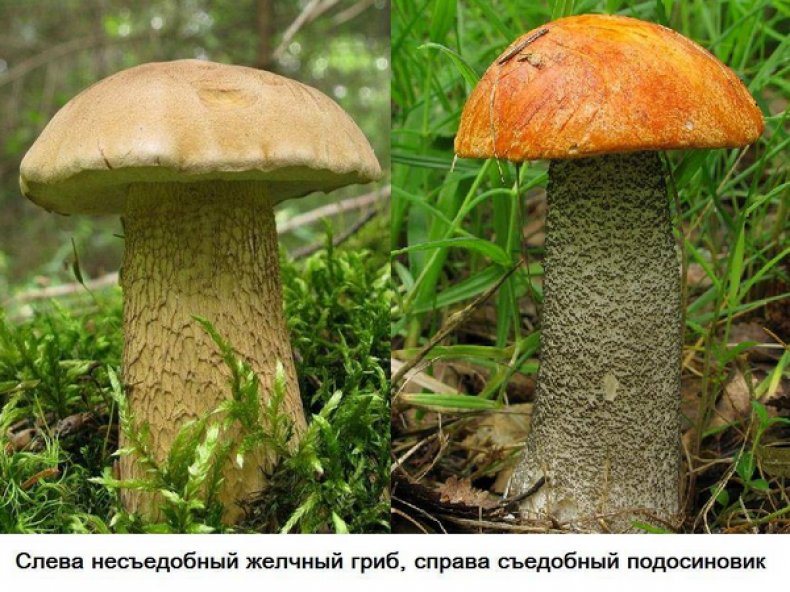 You may be interested in:
You may be interested in:Unlike edible mushrooms
Every experienced mushroom picker knows how to distinguish mustard from porcini mushroom. But inexperienced "hunters" often confuse it with porcini mushrooms, mushrooms, boletus. At some points, they are really similar, but there are a number of pronounced differences:
- The porcini mushroom has a fleshy bulge. In young individuals, it is white in color, while in older individuals it acquires a tan shade. The surface is dull, wrinkled, sometimes cracked. In wet weather it becomes sticky. The pulp is white in color, has a fibrous structure. If damaged, it remains white without changing color.
The leg is powerful, bobbin-shaped, as it grows older, it can acquire a cylindrical shape. The color of the legs is usually a tone lighter than the cap. In the upper part, it is covered with a subtle eye mesh of thin white veins. The tubular layer under the hat is white or yellow. You can distinguish mustard from white by the following signs:
- bitter taste;
- pronounced burgundy mesh on the leg;
- pink color of tubular substance;
- discoloration of the pulp upon damage.
- No less often mustard is confused with boletus. The mushroom hat has the shape of a hemisphere. Usually it is painted in light brown tones. The surface is dry, matte, slightly velvety. Often there are cracks on it. The pulp is white, on the cut does not change its color. The tubular layer is yellowish. The leg is massive, a tone darker than the cap. It is covered with a grid of bright veins. Gorchak is distinguished from boletus by the following criteria:
- bitterness;
- grid density and color;
- the color of the tubular layer;
- darkening of the pulp at the place of cut.
- Sometimes the mustard is put in a basket, confused with a boletus. Brown birch trees have a brown pillow-shaped hat with a smooth surface. It is mounted on a sophisticated leg of white color, densely covered with brown scales. The pulp is white, when damaged, the color does not change. You can distinguish boletus from mustard by the following signs:
- not bitter;
- the presence of scales on the leg;
- leg thickness;
- smooth surface;
- whitish-gray tubular substance;
- the flesh does not change color when cut.
- Most often, the mustard is mistaken for a rosy birch, the flesh of which is pink. In mustard, the flesh is initially white, and the pink color is the result of contact with air. The pinkish boletus mushrooms initially have a pink flesh, which is characterized by a uniform color and does not change its shade when cut.
Risk of poisoning and intoxication symptoms
Poisoning by this species is poorly understood. This is associated with an extremely low risk of poisoning.The mushroom is so bitter that it is literally impossible to get it in your mouth, not to mention swallowing it. The only way to use it is to eat it in pickled or salted form. A variety of seasonings and vinegar mask the bitterness, so the mustard can be mistaken for a very pepper mushroom.
Due to the absolute inedibility, cases of poisoning are extremely rare. Nevertheless, such cases were recorded, although it is very difficult to prove involvement in them. The fact is that the symptoms of poisoning are very complex: vivid symptoms appear after a few weeks or even months. And only a very experienced doctor can suspect mushroom poisoning.
After the poison enters the body, a person experiences weakness and dizziness for some time. But soon these symptoms go away. Meanwhile, toxins begin to affect liver cells. After a few weeks, a person begins to feel an acute malaise, the causes of which are a violation of the liver and the outflow of bile. A high concentration of toxins can even provoke cirrhosis of the liver.
Answers to widespread questions
A lot of controversy is associated with this type of mushroom. The most common are the following questions.
To date, bile fungi are poorly understood. Disputes about its toxicity are gaining momentum. Some mycologists, in support of the theory of toxicity, say that even insects do not eat mushrooms. Although some sources call the mustard a treat for hares and squirrels.



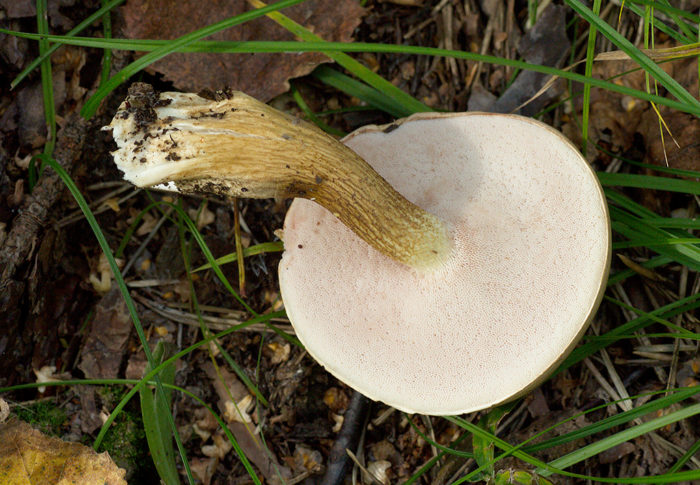

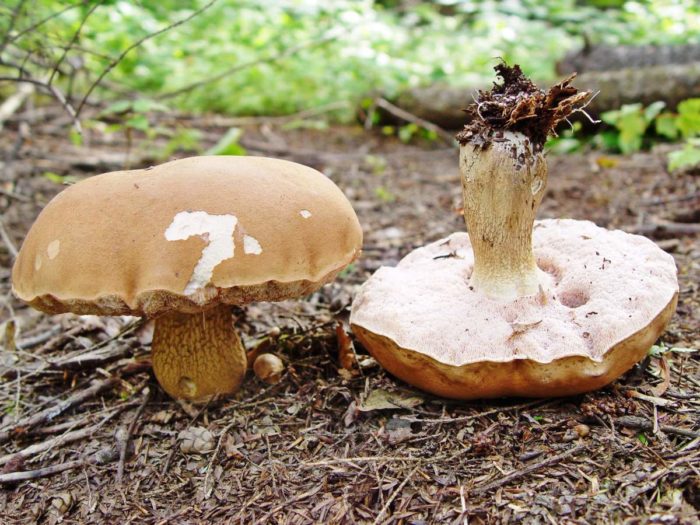
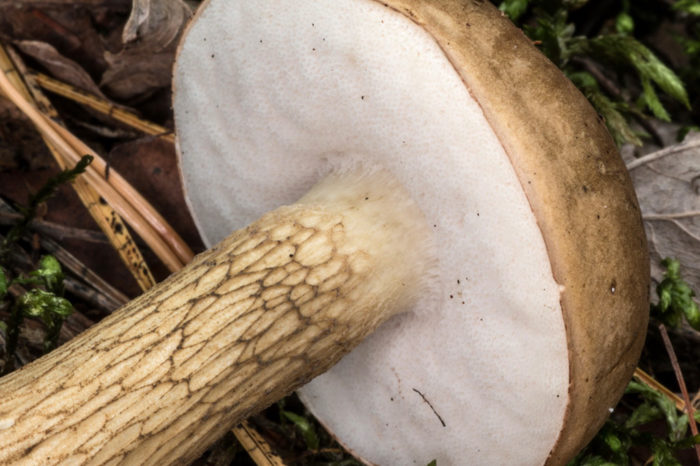
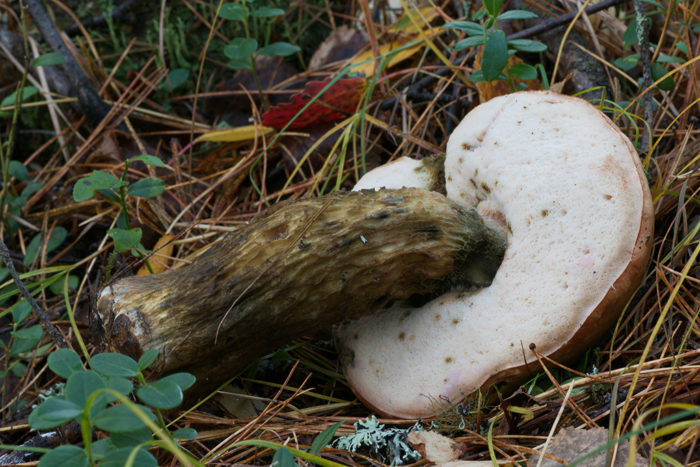
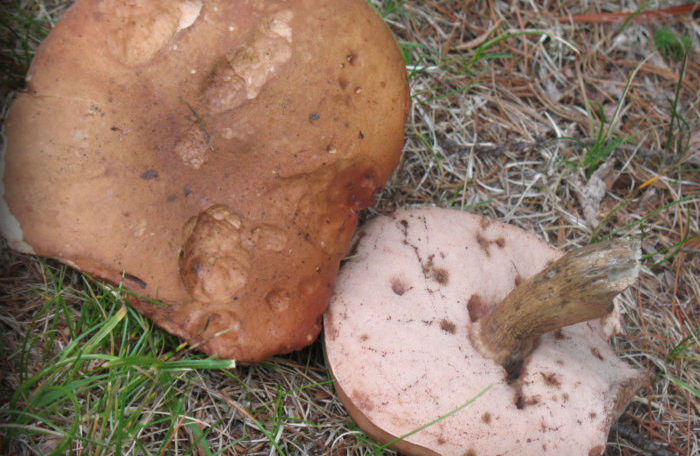
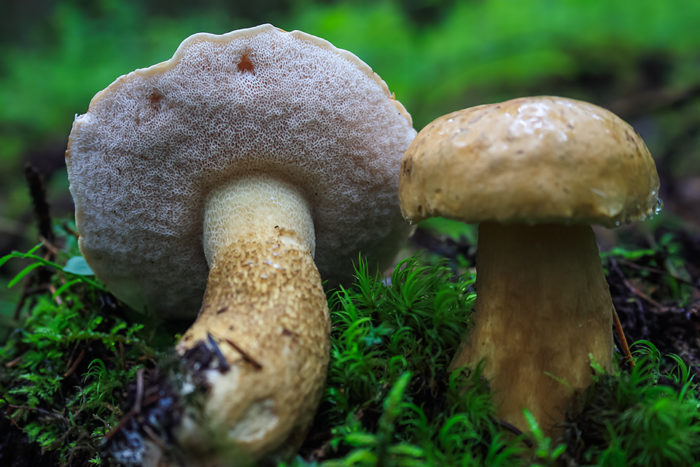



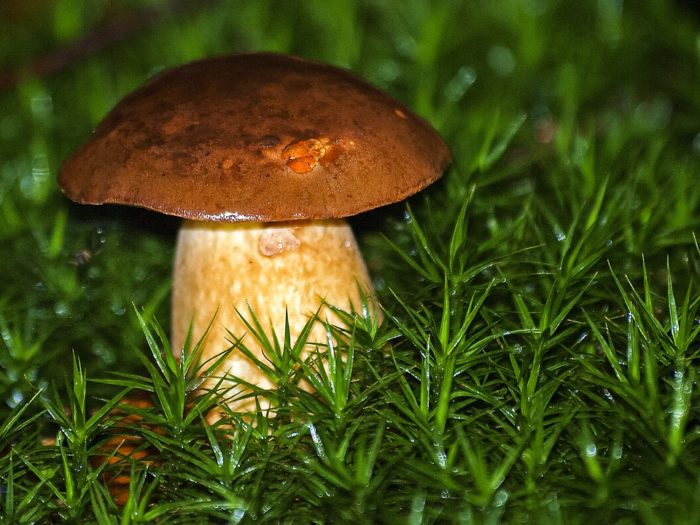

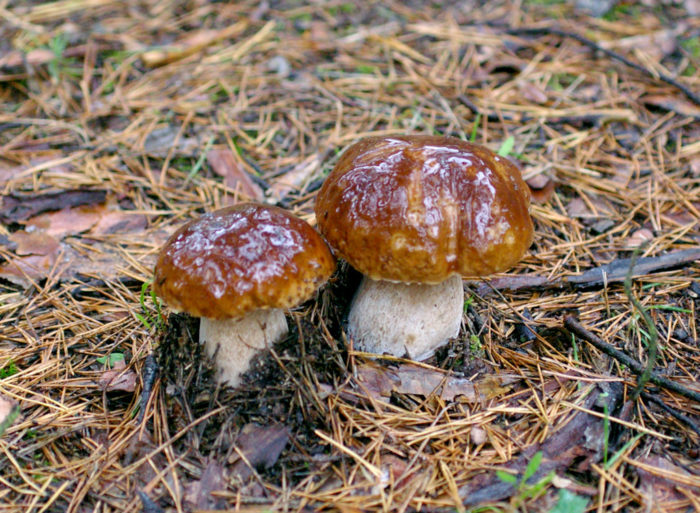
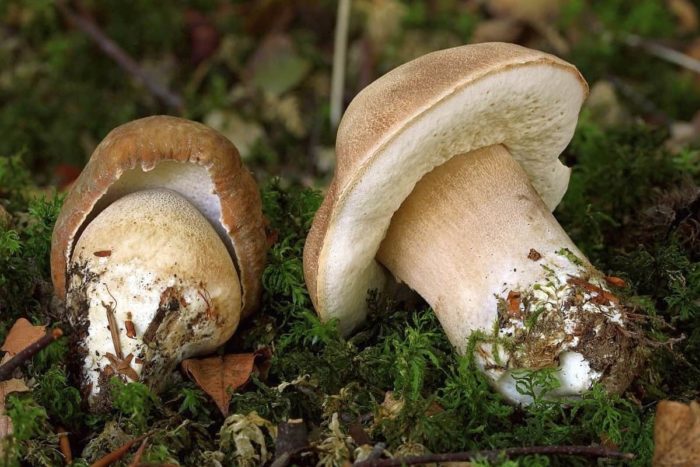
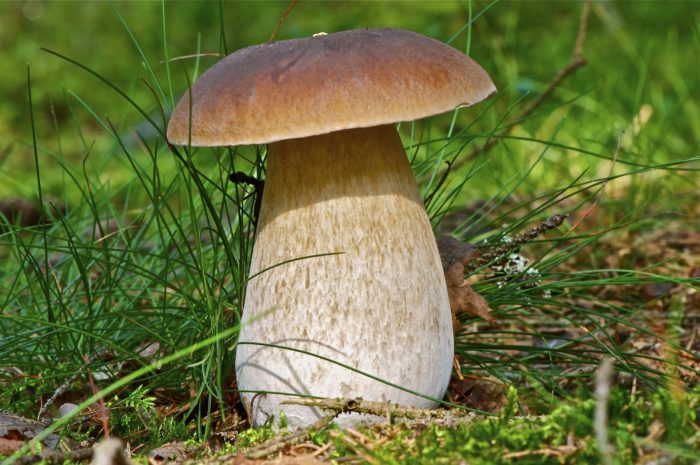
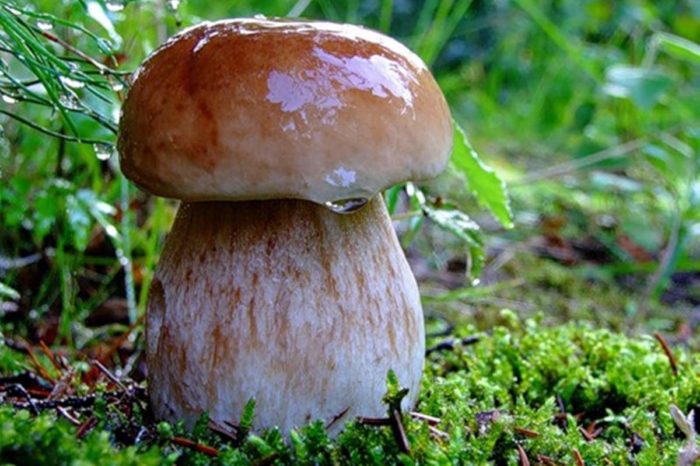
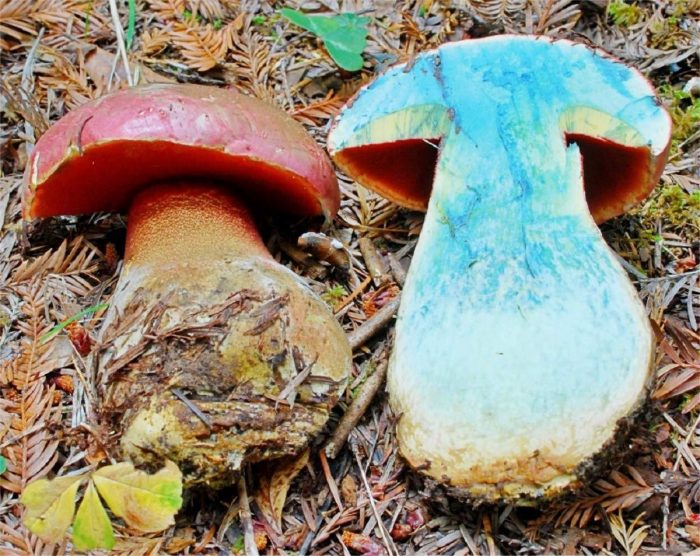
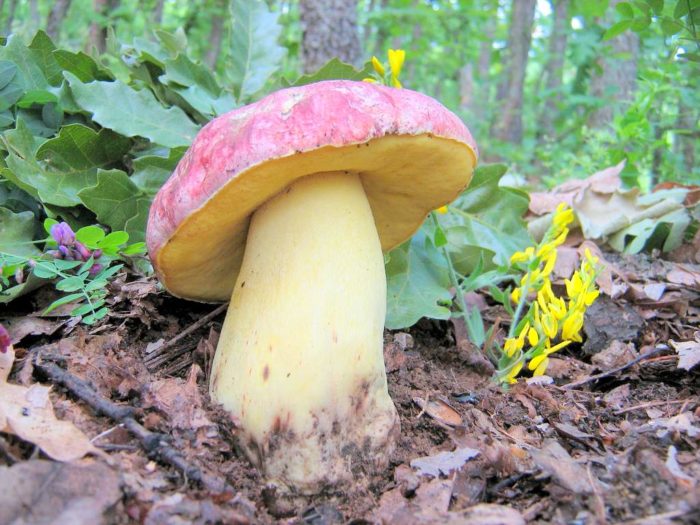
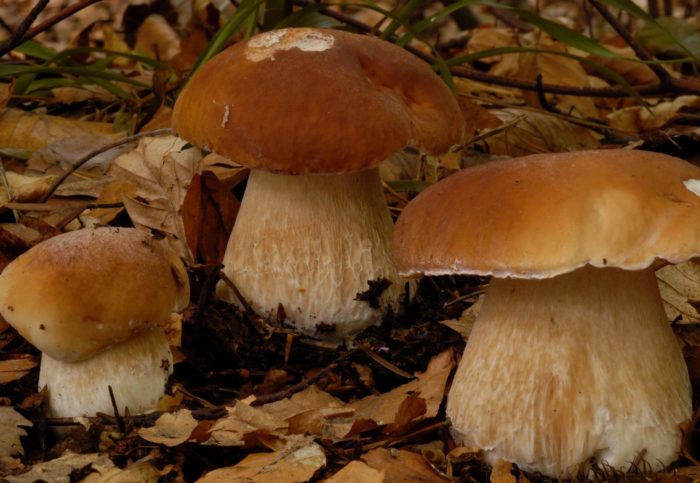

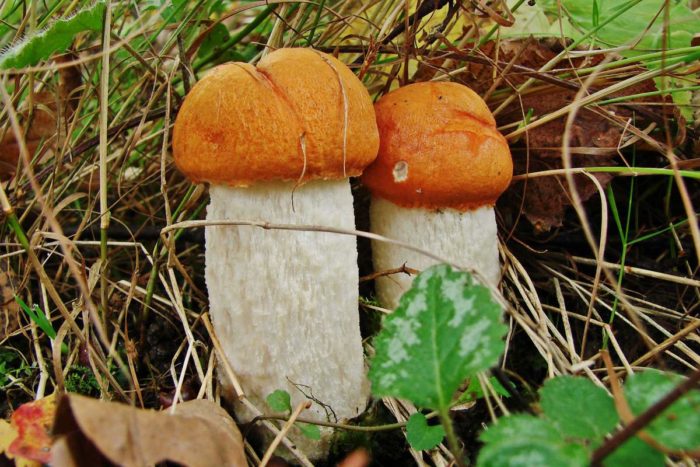
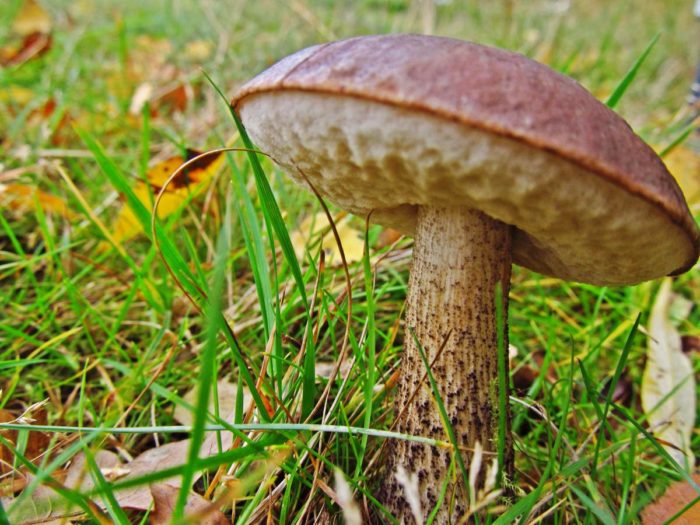
 Care and use of Kombucha at home (+22 photo)
Care and use of Kombucha at home (+22 photo) Edibility of the fungus of the motley umbrella and its description (+19 photo)
Edibility of the fungus of the motley umbrella and its description (+19 photo) Description of edible and inedible oils, their poisonous counterparts (+40 photos)
Description of edible and inedible oils, their poisonous counterparts (+40 photos) Useful properties of milk mushroom and its contraindications (+17 photos)
Useful properties of milk mushroom and its contraindications (+17 photos)